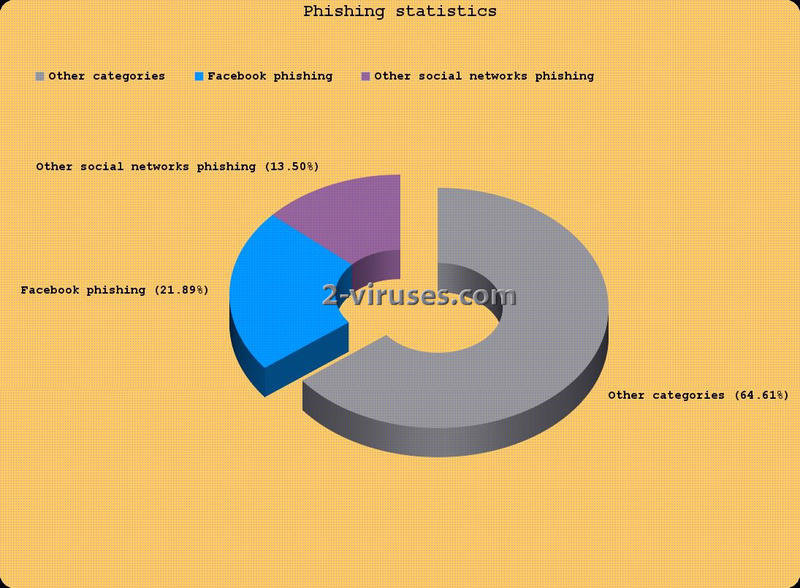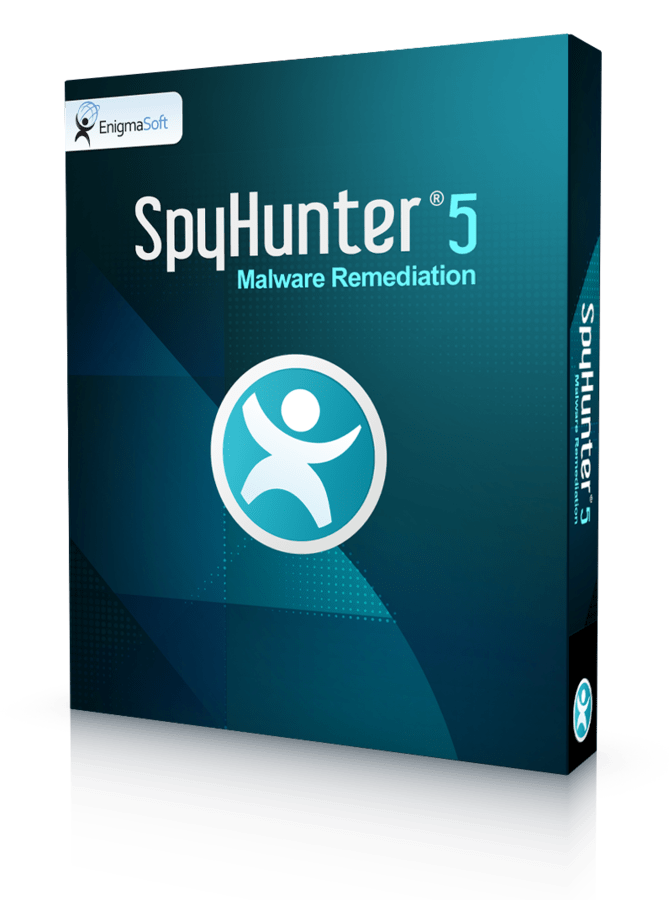Founded in 2004 by now famous Mark Zuckerberg, Facebook is the most popular social network with over one billion active users. Perhaps you or your family members also use this social network so there is no need to talk about possibilities of Facebook – everyone knows that you can share your photos, status updates and socialize on this website. What most of you don’t know is the downside of Facebook. There are hundreds of ways your computer or personal information can be ruined because of inappropriate behaviour on Facebook or weak security settings of your account. More and more people everyday get tricked into the traps of cyber criminals. This article will give you a brief introduction to all possible security troubles on Facebook and some tips on how to act in those situations.
Possible Threats Awaiting you on Facebook
At first sight it might seem that a Facebook account’s hijacking is not something that could possibly be an interesting activity to cyber criminals but it’s not true. You can’t even imagine how vulnerable you are due to your Facebook account. There exist several types of malicious activities on Facebook. Probably the most popular one is spamming. If your account is hijacked, hackers can send ads or phishing links to your friends via private messages or share it on your Facebook wall. The possibility that someone will click on it is much higher when it is shared by a real person who communicates with other people compared to the ones that come from fake or suspicious looking accounts. The same goes for malware – hackers hijack users’ accounts to spread malicious software to their friends. They also intend to collect your friends’ personal information. This data may later on be used for harmful intentions or sold to other criminals. And the worst case is when hackers use your account to swindle money from your friends. They pretend that they are you and send messages to your friends asking for money. This situation is embarrassing and you will feel ashamed against your friends. In order to avoid this happening, you should know several things and set up your account security settings right.
Back in 2013 researchers from Kaspersky Security Network made a research and revealed, that over 600 million of their users tried to reach phishing sites in a short period of time. Over 22% of all those phishing sites were imitating Facebook and it’s over 132 billions attempts to reach it. Even those numbers are going down as security experts are doing a great job trying to prevent users reaching those sites, there is a real possibility that you will be the one who gets robbed in one way or another.
Phishing sites can be promoted through email. Hackers imitate a fake notifications from Facebook with a link that will redirect you to a phishing site looking just as Facebook. In order to indicate if a Facebook landing page is real or fake, check its’ URL. The real Facebook uses HTTPS protocol, so if there is no S after HTTP, you are probably facing a phishing website. Those fake sites can even appear on search results of Google or Yahoo. Links are also widely spread through various forums and even banner ads on suspicious looking websites. 
How to Avoid Malware on Facebook
The main rule to stay clean of malicious software that is distributed by spammers on Facebook, is to be attentive and not to click blindly on all possible links. If you see that you are tagged in some video or a photo with a bunch of other people that you can not recognise, and at the end of a post is a link, DO NOT CLICK IT. Probably it is some sort of spam or scam and you don’t want to visit that website as your computer can get infected. Also, if you receive some message from your friend that asks you to click on some link that looks suspicious, do not click it as your friend’s account may be hijacked. Usually this type of messages has a shocking slogan like “OMG! YOU MUST SEE IT! SHOCKING!”. Before clicking any link think if your friend would use that language and send you something like this.
Even if the spammy link looks legit and it seems that it will lead you to a legitimate blog or website, think twice because hackers use links shortening services. If you are invited into a questionable reputation group or fan page, do not accept it as it may spread scam and spam. Also try to avoid using Facebook apps that request an access to all your Facebook profile information and other similar data as they might be malicious themselves.
How to optimise your profile
The first and most important thing of Facebook safety is your password. Make sure you create a strong and unique password that is used only on Facebook and not on all websites that you are registered in. It is advised to change it from time to time as well. Do not share it with anyone, even with your closest friends or family members. If you are logging in not from your personal computer, it would be wise if you would turn on a private browsing session on your web browser (ctrl+P).
Do not like pages or applications that you are not interested in and you will not be flooded with all this information that is not interesting to you but can be malicious. This is crucial: add a secondary e-mail to your Facebook account and if your account will ever be hacked, Facebook will send all needed information to your second e-mail.
Make sure that on your friends’ list you have people that you know in a real life. A look to your private life for some strangers can cost you big time. Make sure you do not share your financial situation or your location on Facebook. If you boost that you just won a lottery and therefore you are going for two weeks to Hawaii, there is a great chance that your house will get robbed.
Parents’ Guide to Save Their Children from the Dark Side of Facebook
First and the most important rule of kids’ Facebook safety – if your kid is using Facebook, you will have to do the same even if you don’t want to. This way you’ll be connected to your child on this social network and will be able to see how it is going for him. However, it is not enough to ensure your kid’s safety and you should take some additional actions. Make all settings on their accounts as strict as possible to ensure a maximum safety. Do not leave any ‘default’ settings. Set up settings the way that your child’s photos, posts, comments and likes could be seen only by his approved friends. After that, have a serious conversation on Facebook safety and teach your kid a lesson, that only close friends from his real life can be added to his Facebook friends list. Remember that only teens that are 13 y/o and older are allowed to setup Facebook profiles. Tracking your child behaviour on Facebook should be continuous, just make sure you don’t look like a stalker.
Conclusion
In a nutshell, all you need to do is to act wise and learn some of the rules of Facebook. We highly recommend this video by AVG Technologies that will illustrate our article.


